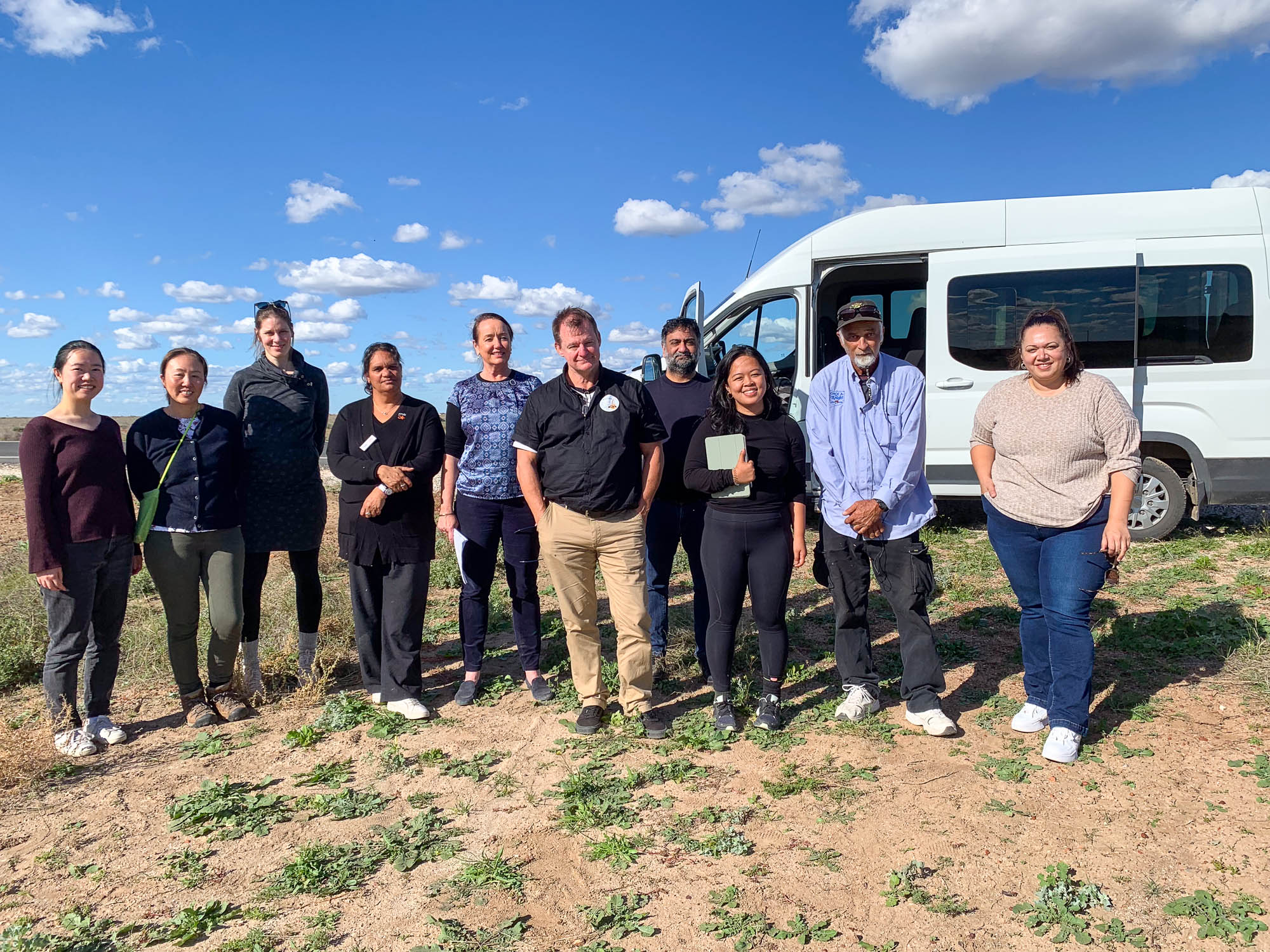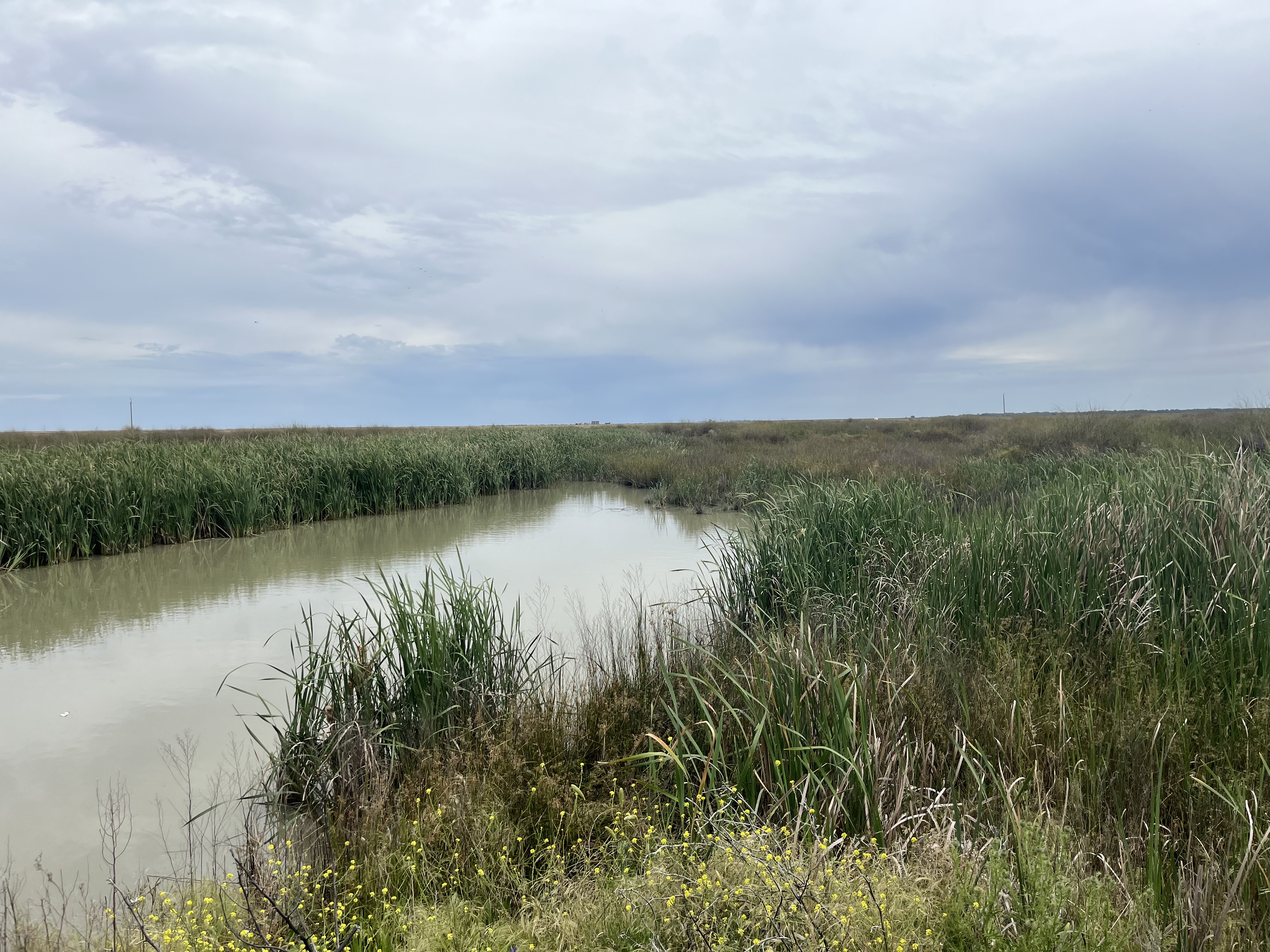Aboriginal land councils could help NSW reach renewable energy targets
UNLOCKING the renewable energy potential of Aboriginal land could transform communities and accelerate New South Wales’ clean energy transition, a new joint university report claims.
The report outlines how strategic support for Aboriginal land councils could unlock significant renewable energy capacity and accelerate progress toward net zero targets.
The Local Aboriginal Land Council Powershift report was developed through a joint research initiative between UNSW Sydney and UTS, supported by an Australian Public Policy Institute Policy Challenge Grant.
It presents a series of recommendations for the NSW Government to unlock the potential for Aboriginal land councils to host and own renewable energy on their own lands across the state.
“Aboriginal land councils manage extensive land holdings, many of which are ideally suited for renewable energy developments such as solar and wind,” lead researcher Heidi Norman said. Professor Norman is the director of the Indigenous Land and Justice Research Group at UNSW Sydney.
“With the right policy frameworks and support, Aboriginal communities – organising through their land councils – can play a transformative role in Australia’s energy transition,” Prof. Norman said.
Across NSW, Local Aboriginal Land Councils (LALCs) manage 447 square kilometres of land, with a further 7438sqkm under claim. Despite this, Aboriginal participation in renewable energy projects has been minimal so far. 
Case studies in action
Drawing on case studies in partnership with land councils at Brewarrina, Hay and Tibooburra, the report highlights how locally-led energy projects can align with broader government priorities – such as enhancing regional grid reliability, accelerating Renewable Energy Zones (REZ), and embedding First Nations outcomes into infrastructure planning.
In Tibooburra, a remote town near the NSW–South Australia border, the local land council is exploring microgrid solutions to improve energy reliability and create jobs.
Brewarrina, a majority-Aboriginal town on the Barwon River, faces high energy costs and unreliable supply. The land council there envisions solar and battery projects that deliver tangible benefits – lower bills, local employment, and cultural preservation.
Meanwhile, Hay LALC, located in a designated REZ, is already integrating renewable energy into its broader land management and enterprise strategy with a focus on equity and global Indigenous partnerships.
The opportunities for progress
“Our spatial analysis found that activating the Aboriginal land estate could unlock over 11 gigawatts of solar energy or 1.6 gigawatts of wind energy – larger than the capacity of the biggest Renewable Energy Zone under development – and if outstanding land claims are resolved that potential increases nearly twentyfold,” said Saori Miyake, from UTS Institute for Sustainable Futures.
“Aboriginal land councils have the land, the interest, and the vision,” said Therese Apolonio, an expert in Aboriginal history and policy from UNSW Sydney’s Indigenous Land and Justice Research Group.
“What they lack are the resources, partnerships, and policy support to turn that vision into reality.”
The report identifies key barriers that currently limit the participation of Aboriginal land councils in clean energy initiatives, including constrained resources, limited planning and governance networks, and a lack of incentives for energy partners to engage with the Aboriginal land estate.
Policy pathways to be defined
The Powershift report shows how empowering Aboriginal Lands Councils to develop renewable energy can help achieve the goals of the Australian Government’s First Nations Clean Energy Strategy, opens in a new window (2024–2030) and the NSW Electricity Infrastructure Roadmap to shift from coal to renewable energy. It calls for a policy agenda that centres Aboriginal land councils as key players in the energy transition.
“There are four key policy moves required,” said Chris Briggs, director of the Energy Program at UTS Institute for Sustainable Futures.
“We need programs to build the capacity of Lands Councils to participate in renewable energy projects, collaborations with Lands Councils on micro-grids in remote areas, pilot projects to develop renewable energy projects in partnership with developers on lands council sites and expediting lands claims to unlock renewable energy opportunities,” Associate Professor Briggs said.
“We’ve seen before that programs led by ARENA (the Australian Renewable Energy Agency) with government and industry participation can unlock renewable energy at scale – we need to see dedicated programs and funding to do the same for renewable energy on Aboriginal land.”
Some of the key recommendations in the report include:
- Establishing a dedicated government support team for land councils.
- Funding for pre-feasibility studies and capacity building.
- Prioritising Aboriginal land for energy infrastructure siting.
- Collaboration between planning agencies and land councils to prepare sites for renewable energy development
- Funding for ARENA to pilot mid- and large-scale renewable projects on LALC land.
- Expediting land claims and strengthening cultural heritage protections.
“These are practical, achievable steps,” Prof. Norman said. “But they require political will and a shift in how we think about land, power and partnership.” 
Environmental and social impact
The environmental benefits of boosting First Nations engagement in the energy transition are clear: accelerating NSW’s transition to renewables, reducing emissions, and improving energy resilience in remote areas. But the social impact could be even more profound.
“Previously the economic benefits have been limited to employment and procurement, but the report charts pathways for Aboriginal ownership and equity through hosting renewable energy projects on Aboriginal land,” UNSW’s Therese Apolonio.
“The social impact of Aboriginal Land Councils engaging in renewable energy transition in this way will be powerful, generating wealth to reinvest in housing, education, health, land management and cultural programs as communities see fit.”
ends

 How to resolve AdBlock issue?
How to resolve AdBlock issue?